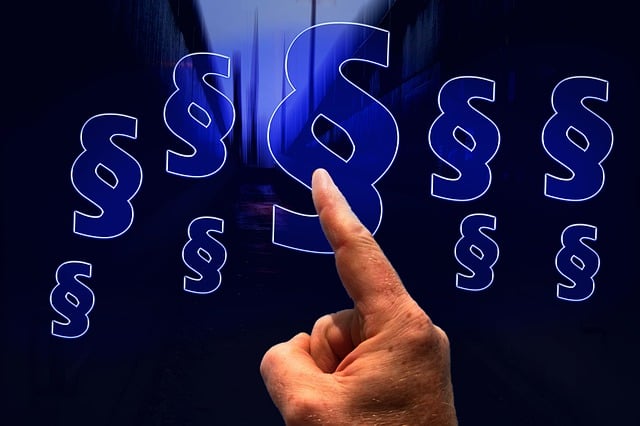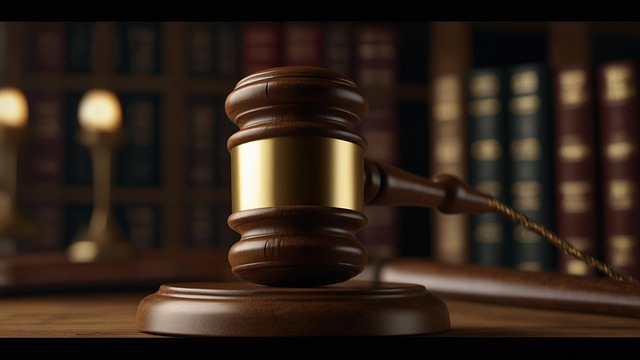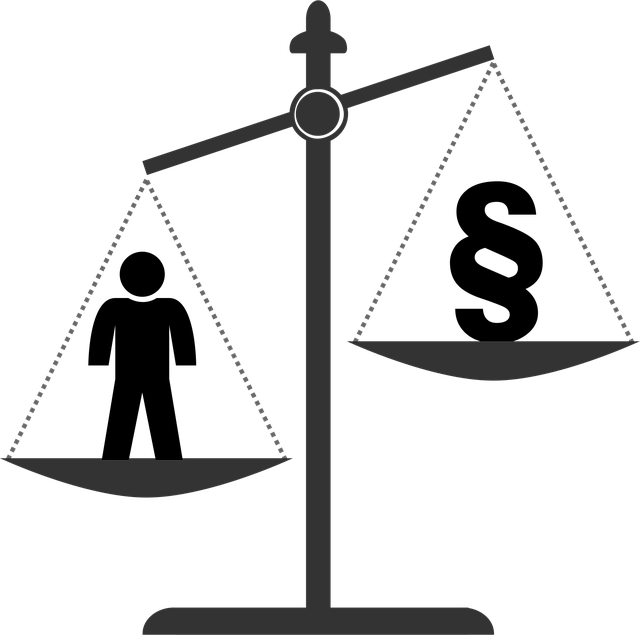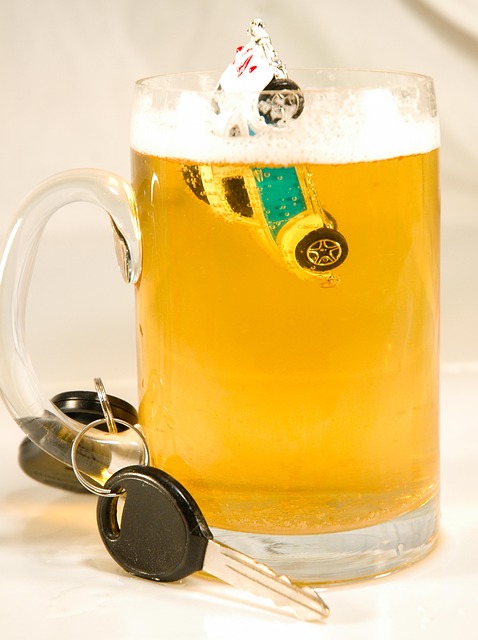Social media platforms leverage global reach and unique advantages to enhance DUI (Driving Under the Influence) awareness campaigns, engaging diverse audiences through hashtags, viral content, real-time engagement, and tailored regional content. This digital approach complements traditional efforts, reduces DUI occurrences worldwide, navigates global legal complexities, and raises public awareness, while also presenting challenges like platform liability and privacy concerns.
Impaired driving is a global concern, with social media and legal aspects playing pivotal roles in raising awareness and enforcement. This article explores these dual facets from a worldwide perspective, delving into the impact of social media on DUI campaigns, comparing legal definitions, analyzing international laws and their variations, scrutinizing platform liability, and highlighting global efforts to combat drinking and driving culture. By examining cultural norms and their influence on enforcement, we gain insights into strategies that can save lives across borders.
- Social Media's Role in DUI Awareness Campaigns
- Legal Definitions of Impaired Driving Worldwide
- International DUI Laws and Their Variations
- Social Media Platforms' Liability in Drunk Driving Cases
- Global Efforts to Combat Impaired Driving Culture
- The Impact of Cultural Norms on DUI Enforcement
Social Media's Role in DUI Awareness Campaigns

Social media has emerged as a powerful tool for DUI (Driving Under the Influence) awareness campaigns, offering unique advantages in reaching diverse audiences worldwide. Through targeted hashtags and viral content, these campaigns can educate people about the legal aspects of impaired driving and its severe consequences. Platforms like Twitter, Instagram, and TikTok allow for real-time engagement, enabling authorities and advocacy groups to dispel myths, share personal stories, and provide practical tips on responsible drinking and designated driving.
The global reach of social media enables campaigns to navigate cultural nuances and local legal frameworks effectively. By tailoring content to specific regions, they can address unique challenges and norms related to DUI. This digital approach not only complements traditional awareness efforts but also fosters a sense of community and shared responsibility, potentially reducing the occurrence of impaired driving across different countries and communities.
Legal Definitions of Impaired Driving Worldwide

Impaired driving, a global concern with severe consequences, is defined differently across jurisdictions but generally involves operating a vehicle while under the influence of alcohol or drugs. In many countries, the legal limit for blood alcohol concentration (BAC) ranges from 0.03% to 0.08%, with stricter regulations in place for commercial drivers and juveniles. The legal aspects of impaired driving extend beyond BAC levels, encompassing behaviors like driving without a valid license or insurance, and failure to maintain control of the vehicle.
Social media has introduced new dimensions to the legal landscape of impaired driving. Online platforms can serve as both warning systems and evidence in DUI cases. Posts and images that showcase risky behavior or display signs of impairment may be admissible in court, while social media campaigns aimed at raising awareness can complement enforcement efforts. Understanding these global definitions and legal intricacies is vital for navigating the complexities of impaired driving on an international scale.
International DUI Laws and Their Variations

The legal aspects of driving under the influence (DUI) vary significantly across international borders, presenting a complex web for those who travel frequently or live in global communities. In the digital age, where social media platforms connect individuals worldwide, understanding these disparities is more crucial than ever. With just a click, a casual post about a weekend getaway can alert friends and followers to a potential legal quagmire if local DUI laws are not heeded.
Each country has its own set of rules and regulations regarding blood alcohol content (BAC) limits, penalties for infractions, and procedures for testing. For instance, while some nations have stringent BAC thresholds as low as 0.02%, others allow considerably higher levels up to 0.08% or more. The legal consequences range from fines and license suspensions to imprisonment and community service. Social media platforms play a double role here; they can raise awareness about these disparities but also act as digital reminders for travelers to familiarize themselves with local laws before driving.
Social Media Platforms' Liability in Drunk Driving Cases

Social media platforms have become powerful tools, influencing global perspectives on various issues, including impaired driving. However, their role in facilitating drunk driving cases raises important legal aspects and questions about responsibility. These platforms, with their vast user bases and real-time information sharing capabilities, can inadvertently enable individuals to glorify or encourage risky behaviors like drinking and driving.
In many drunk driving incidents, social media posts provide evidence of the offender’s state before and during the crime. This digital footprint can be a powerful tool for law enforcement but also raises concerns about privacy and platform liability. While platforms have terms of service prohibiting such content, identifying and removing it promptly remains challenging. The legal implications are complex, with debates around whether social media companies should be held accountable for user-generated content that facilitates DUI-related activities.
Global Efforts to Combat Impaired Driving Culture

Global efforts to combat impaired driving culture have taken on new dimensions in the digital age, with social media playing a pivotal role in raising awareness and enforcing legal aspects. Platforms like Twitter, Instagram, and Facebook are utilized to share impactful stories, educate users about the dangers of DUI (Driving Under the Influence), and promote safe driving practices. Hashtags dedicated to this cause have gained traction, fostering global conversations and mobilizing communities against impaired driving.
Legal frameworks worldwide continue to evolve in response to this persistent issue. Stricter penalties, advanced sobriety checks, and innovative technologies like breath analyzers integrated into vehicles are among the measures being implemented. The convergence of social media engagement and stricter legal regulations creates a powerful synergy aimed at redefining societal norms around responsible driving and eradicating the impaired driving culture globally.
The Impact of Cultural Norms on DUI Enforcement

Cultural norms play a significant role in shaping public perception and enforcement of driving under the influence (DUI) laws worldwide. What is considered acceptable behavior varies across societies, impacting how strictly DUI regulations are applied. For instance, in cultures where social gatherings with alcohol are common, such as many European countries, there might be a more relaxed attitude towards drinking and driving. This could lead to reduced police patrols targeting DUI offenders, reflecting the societal norms around alcohol consumption.
In contrast, communities heavily influenced by social media trends often have heightened awareness about DUI risks, fostering stricter enforcement. The viral nature of social media campaigns against drunk driving can shape public opinion, pressuring law enforcers to take a zero-tolerance approach. This shift in perspective is evident in many Asian countries where social media platforms have been instrumental in disseminating educational content, influencing legal aspects, and ultimately shaping DUI enforcement strategies.
In conclusion, understanding global perspectives on impaired driving is paramount in addressing this pervasive issue. From social media’s role in awareness campaigns to international variations in legal definitions and enforcement, a multifaceted approach is crucial. As we’ve explored, leveraging social media platforms for education and accountability can complement stringent DUI laws worldwide. By recognizing cultural norms’ impact and fostering global cooperation, we can navigate the complex landscape of impaired driving and drive towards a safer, sober future. The integration of legal aspects and social media strategies is key to achieving these objectives.






